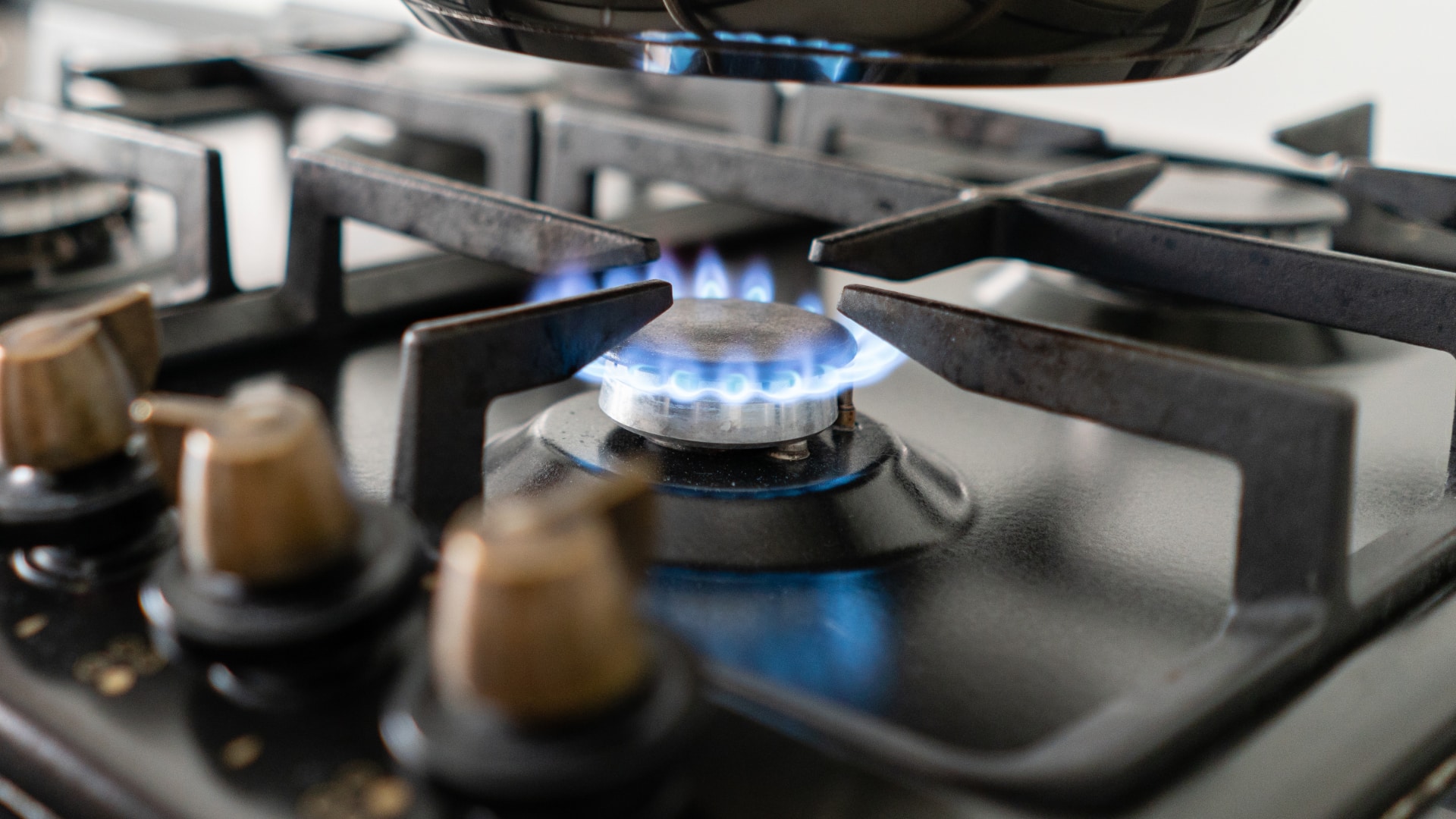

Articles
Why Does My Stove Top Keep Clicking
Modified: February 29, 2024
Discover the reasons why your stove top keeps clicking and find helpful articles to troubleshoot and fix the issue.
(Many of the links in this article redirect to a specific reviewed product. Your purchase of these products through affiliate links helps to generate commission for Storables.com, at no extra cost. Learn more)
Introduction
Have you ever experienced the frustration of a stove top that keeps clicking? You’re trying to cook a delicious meal, but instead of a steady flame, all you hear is the constant clicking sound. Not only is it annoying, but it can also pose a safety risk. But fear not, as there are solutions to this common kitchen problem.
Understanding why your stove top keeps clicking is crucial in order to address the issue effectively. There are several potential causes for this phenomenon, ranging from simple fixes to more complex problems that require professional assistance. By identifying the underlying issue, you can take the necessary steps to resolve it and enjoy a smoothly functioning stove top once again.
Throughout this article, we will explore the common causes of stove top clicking and provide potential solutions to help you troubleshoot the problem. Whether you have a gas or electric stove, these tips should prove useful in resolving the issue and restoring peace and quiet to your kitchen.
So, let’s dive in and uncover the reasons why your stove top keeps clicking and how to tackle this annoying problem head-on!
Key Takeaways:
- Don’t let the constant clicking of your stove top drive you crazy! By understanding the causes and potential solutions, you can troubleshoot and resolve this common issue, ensuring a safe and efficient cooking experience.
- Addressing the underlying cause of stove top clicking not only improves safety but also enhances energy efficiency and potentially prolongs the lifespan of your appliance. If DIY solutions don’t work, don’t hesitate to seek professional help for a tailored solution.
Understanding the Stove Top Clicking Phenomenon
When your stove top keeps clicking, it’s important to understand the potential causes behind this phenomenon. By identifying the root cause, you can take appropriate action to rectify the issue and ensure the safe and efficient operation of your stove. Let’s explore some common causes of stove top clicking and the importance of identifying the problem.
Common Causes of Stove Top Clicking
1. Moisture: Moisture is one of the most common culprits behind stove top clicking. When moisture gets into the burner area, it can interfere with the electrical connections and cause the igniters to continuously spark, resulting in the incessant clicking sound. This can occur after cleaning the stove or a spillage near the burners.
2. Loose or Misaligned Burner Caps: If the burner caps are not properly aligned or are loose, it can disrupt the flow of gas or electricity and trigger the clicking. Ensuring that the burner caps are securely in place and aligned correctly can help eliminate this issue.
3. Food Debris: Food particles or grease that accumulate around the burner can cause the igniters to malfunction, leading to the clicking sound. Regular cleaning and removal of food debris can prevent this issue from occurring.
4. Ignition Switch: The ignition switch, which is responsible for triggering the spark that ignites the burner, may be faulty. If the switch gets stuck or is not functioning properly, it can cause constant clicking. Inspecting the ignition switch and ensuring its smooth operation can help resolve this issue.
5. Spark Ignition Module: The spark ignition module generates the spark that lights the burner. If this module becomes defective or worn out, it can lead to continuous clicking. Checking the spark ignition module for any signs of wear or damage is essential in troubleshooting the issue.
Importance of Identifying the Issue
Identifying the underlying cause of stove top clicking is crucial for several reasons:
- Safety: Constant clicking can be a safety hazard, especially if there is a gas leak or if the burner fails to ignite. By identifying and addressing the issue, you can ensure the safe operation of your stove and reduce the risk of accidents in the kitchen.
- Energy Efficiency: Continuous clicking can result in the wastage of gas or electricity. By resolving the problem, you can improve the efficiency of your stove and save on energy costs.
- Appliance Longevity: Allowing the stove top clicking issue to persist can cause further damage to the appliance. By addressing the problem promptly, you can extend the lifespan of your stove and avoid costly repairs or replacements.
Understanding the common causes of stove top clicking and the importance of identifying the issue sets the foundation for troubleshooting and resolving the problem. In the following section, we will discuss potential solutions to help you eliminate the incessant clicking and bring harmony back to your kitchen.
Potential Solutions for Stove Top Clicking
Now that we have a better understanding of why your stove top keeps clicking, let’s explore some potential solutions to resolve this issue. Depending on the specific cause, you may be able to fix the problem yourself or seek professional assistance if needed. Here are some solutions worth trying:
Read more: Why Does The Thermostat Click
1. Checking for Loose or Misaligned Burner Caps
Start by inspecting the burner caps on your stove top. Ensure that they are properly aligned and securely in place. If you find any loose or misaligned burner caps, adjust them carefully to ensure a snug fit. This simple step can often resolve the clicking issue.
2. Cleaning and Removing Food Debris
Food debris or grease accumulation can interfere with the proper functioning of the igniters, leading to constant clicking. Take a damp cloth or sponge and gently clean the burner area, removing any food particles or grease. This should help restore the igniters’ functionality and eliminate the clicking sound.
3. Assessing the Ignition Switch
If the clicking persists, it’s time to inspect the ignition switch. Carefully remove the stove’s control knobs and panel to access the ignition switch. Check for any visible signs of damage or debris. Ensure that the switch is in the correct position and moves freely. If you notice any problems, such as a stuck or faulty switch, consider replacing it with a new one.
4. Examining the Spark Ignition Module
If none of the previous solutions have resolved the clicking issue, the problem could lie in the spark ignition module. The spark ignition module generates the spark that ignites the burner. Inspect the module for any signs of damage or wear, such as burnt-out wires or loose connections. If you identify any issues, it may be necessary to replace the spark ignition module to eliminate the constant clicking.
Read more: Why Is My Ceiling Fan Clicking
5. Seeking Professional Help if Needed
If you have tried the above solutions and the stove top continues to click, it may be time to seek professional help. A certified technician with expertise in stove repair can diagnose the problem accurately and provide a solution tailored to your specific stove model. They will have the necessary tools and knowledge to address complex issues and ensure the safe operation of your stove.
Remember, safety should always be a priority when dealing with stove top clicking or any other appliance malfunction. If you ever smell gas or suspect a gas leak, immediately turn off the gas supply to your stove and contact your gas provider or a professional technician for assistance.
By following these potential solutions, you can take steps to eliminate the annoying clicking sound and restore your stove top to its normal functioning. However, if you are not confident in your ability to troubleshoot the issue or if the problem persists, it is always best to consult a professional to avoid causing further damage.
Now that you are armed with these helpful solutions, go ahead and tackle that clicking stove top with confidence!
Conclusion
Dealing with a stove top that keeps clicking can be frustrating, but with the right approach, you can troubleshoot and resolve this common issue. By understanding the potential causes of stove top clicking and the importance of identifying the problem, you are equipped to take the necessary steps and find a solution.
Throughout this article, we have explored several potential solutions for stove top clicking. These include checking for loose or misaligned burner caps, cleaning and removing food debris, assessing the ignition switch, examining the spark ignition module, and seeking professional help if needed. By following these steps, you can address the underlying cause of the clicking and restore your stove top to its normal, hassle-free operation.
Remember, safety should always be your top priority when dealing with stove top clicking or any other appliance issue. If you ever smell gas or suspect a gas leak, take immediate action by turning off the gas supply and seeking professional assistance.
By resolving the clicking issue, you not only improve the safety of your kitchen but also enhance the energy efficiency of your stove and potentially prolong its lifespan. Addressing the problem promptly can save you from costly repairs or replacements down the line.
If you have tried the suggested solutions and the clicking persists, don’t hesitate to reach out to a professional technician. They have the expertise and tools to diagnose the problem accurately and offer a tailored solution for your specific stove model.
In conclusion, understanding the causes and solutions for stove top clicking empowers you to maintain a smooth and enjoyable cooking experience. By taking the necessary steps to troubleshoot and resolve the issue, you can bid farewell to the constant clicking sound and focus on creating delicious meals in your kitchen.
So, roll up your sleeves, apply the solutions discussed in this article, and say goodbye to that annoying stove top clicking once and for all!
Frequently Asked Questions about Why Does My Stove Top Keep Clicking
Was this page helpful?
At Storables.com, we guarantee accurate and reliable information. Our content, validated by Expert Board Contributors, is crafted following stringent Editorial Policies. We're committed to providing you with well-researched, expert-backed insights for all your informational needs.
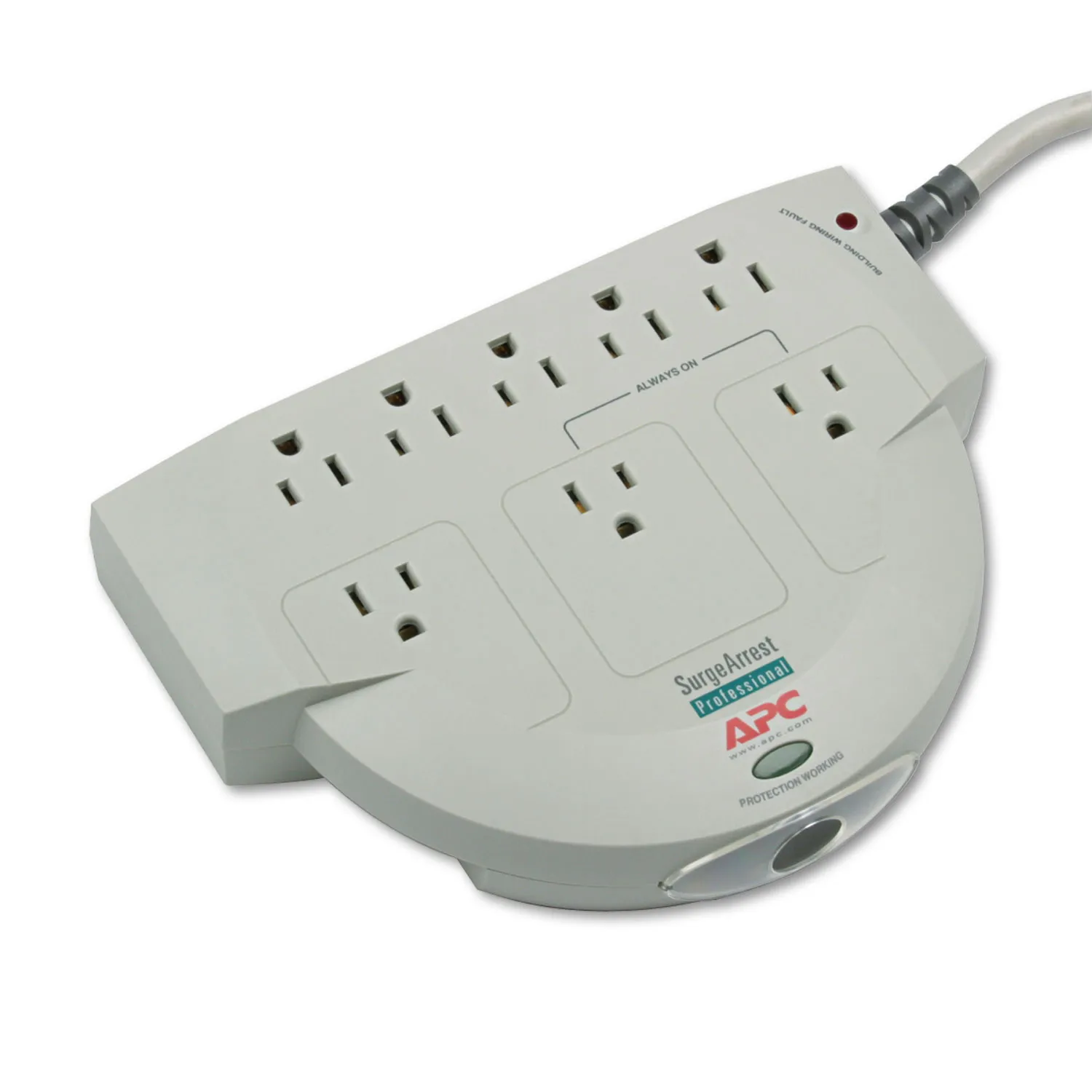
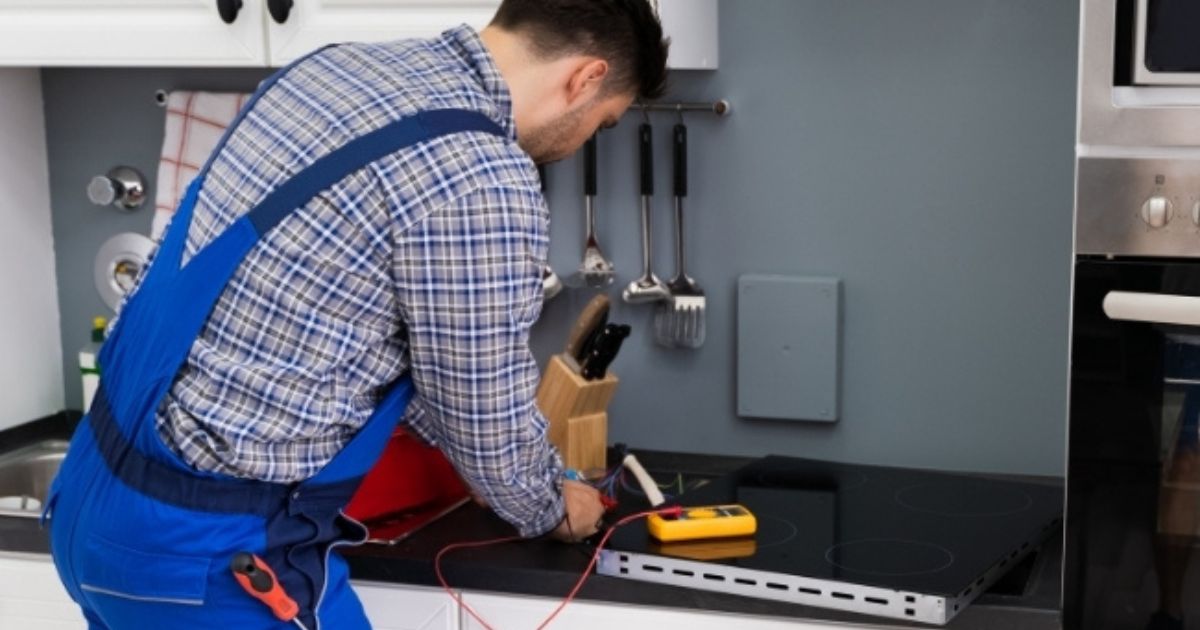

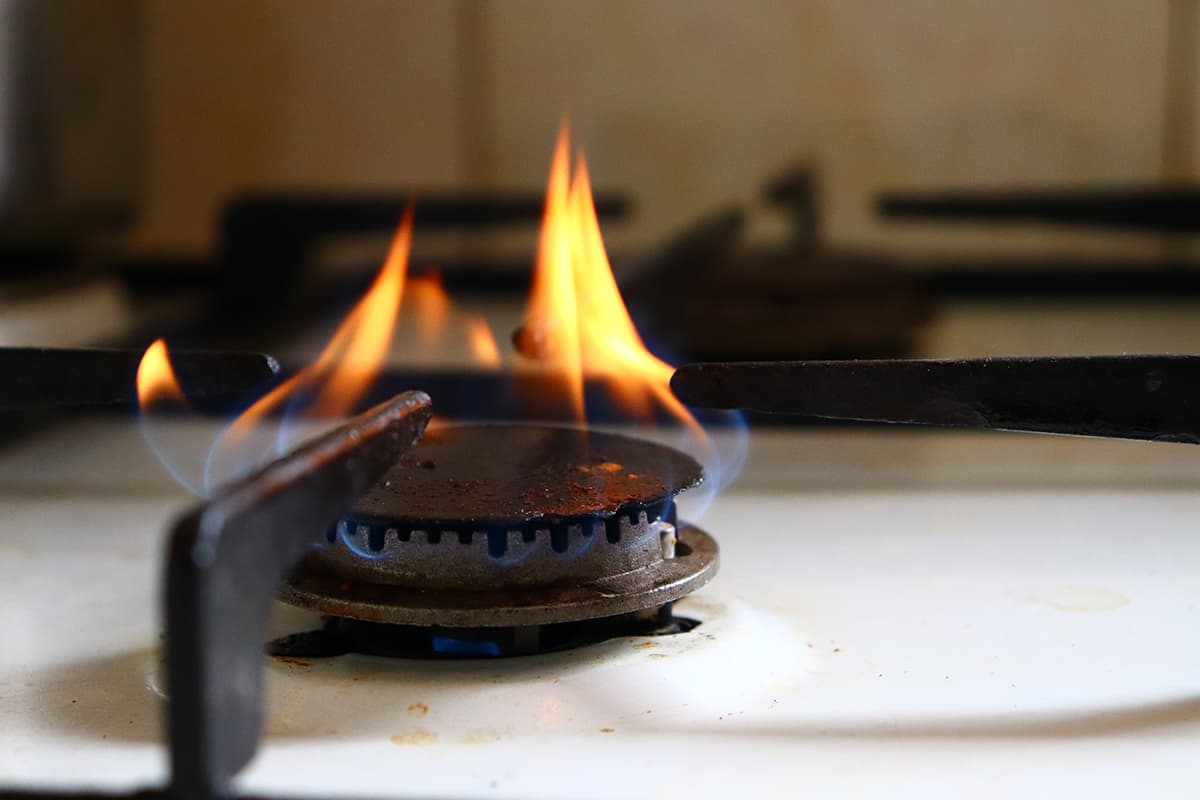
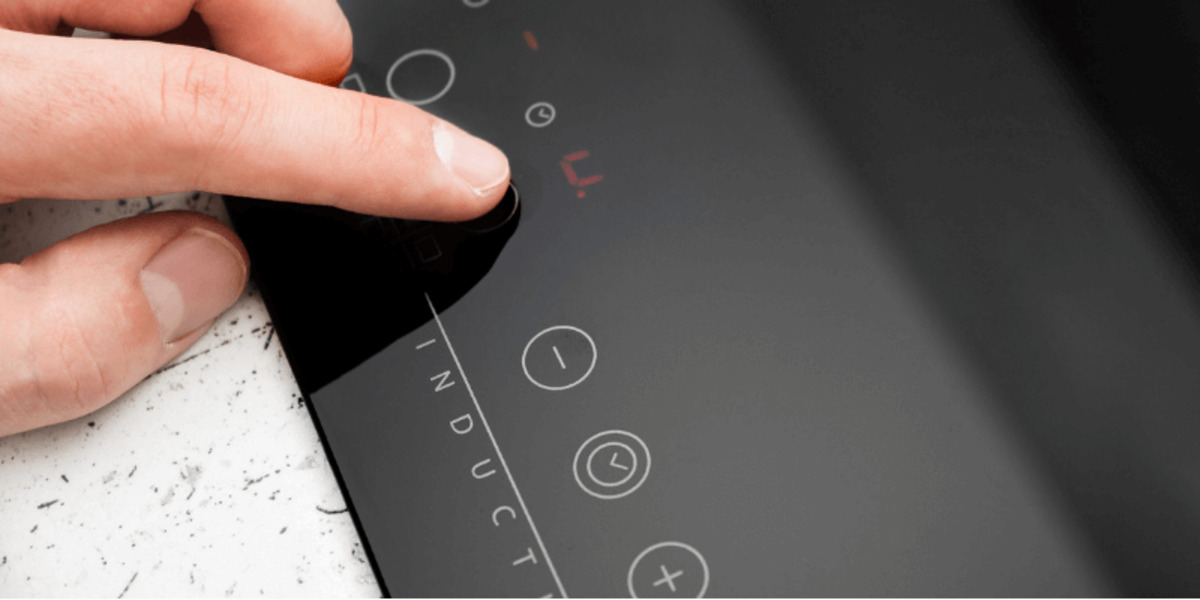
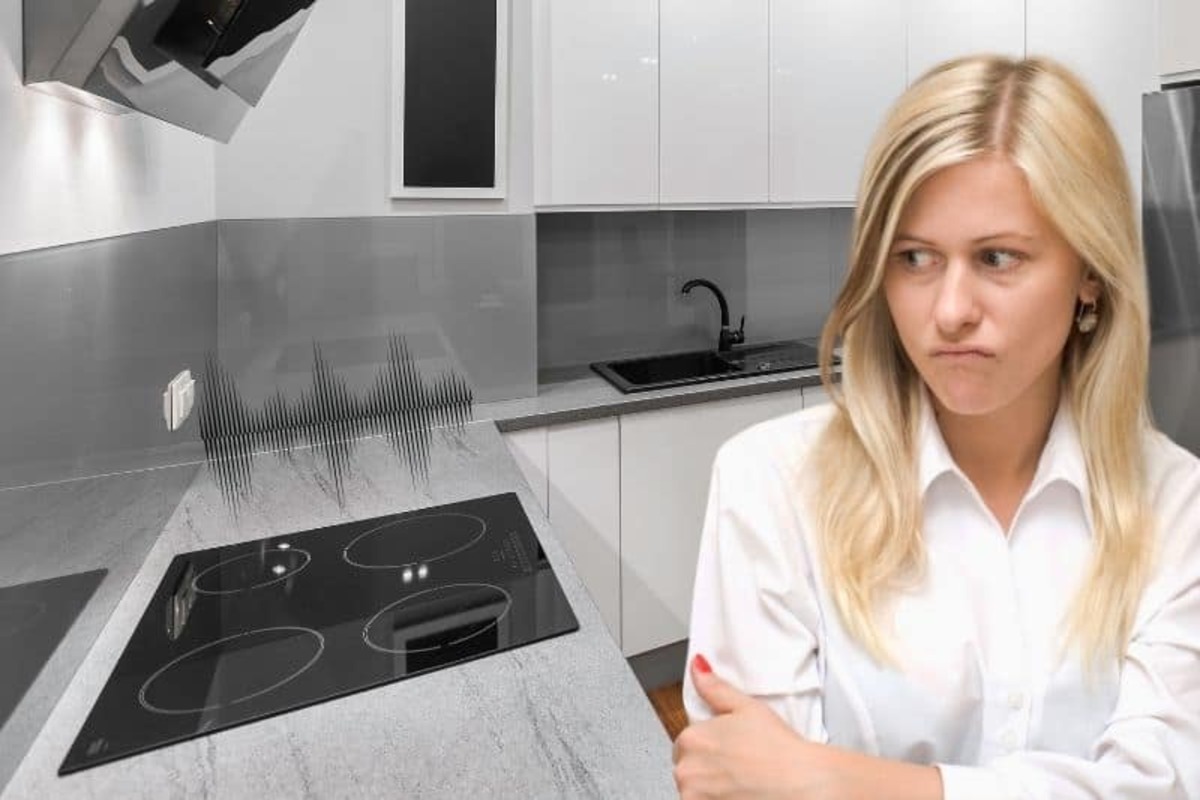
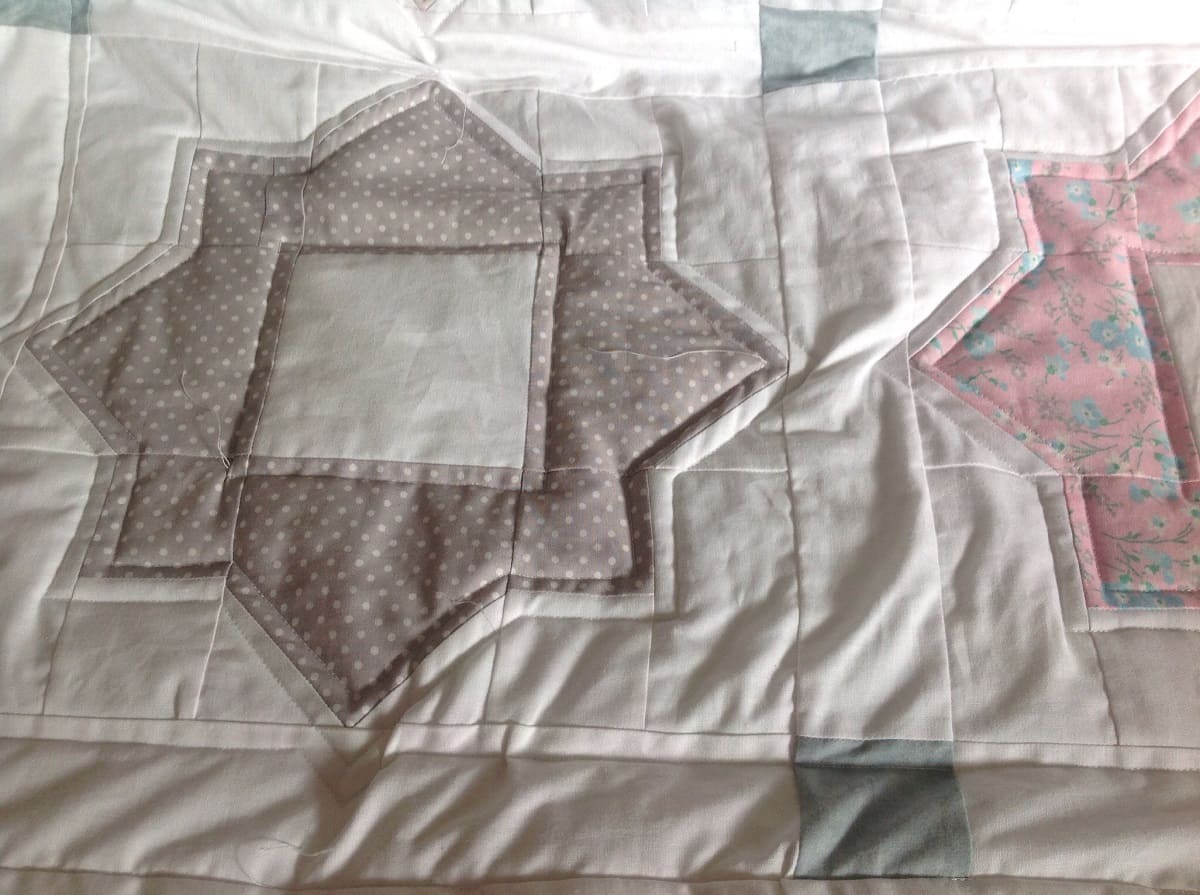
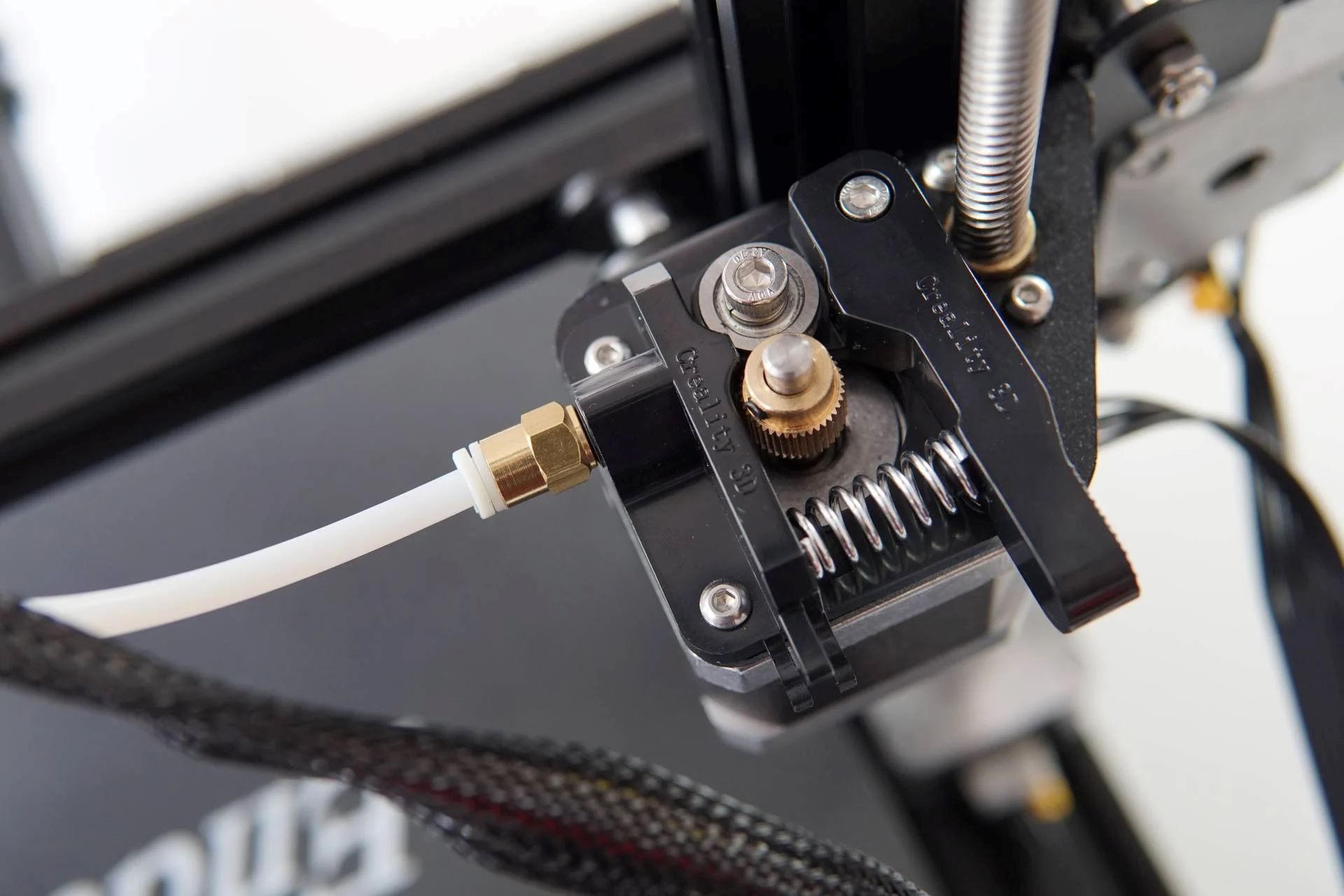
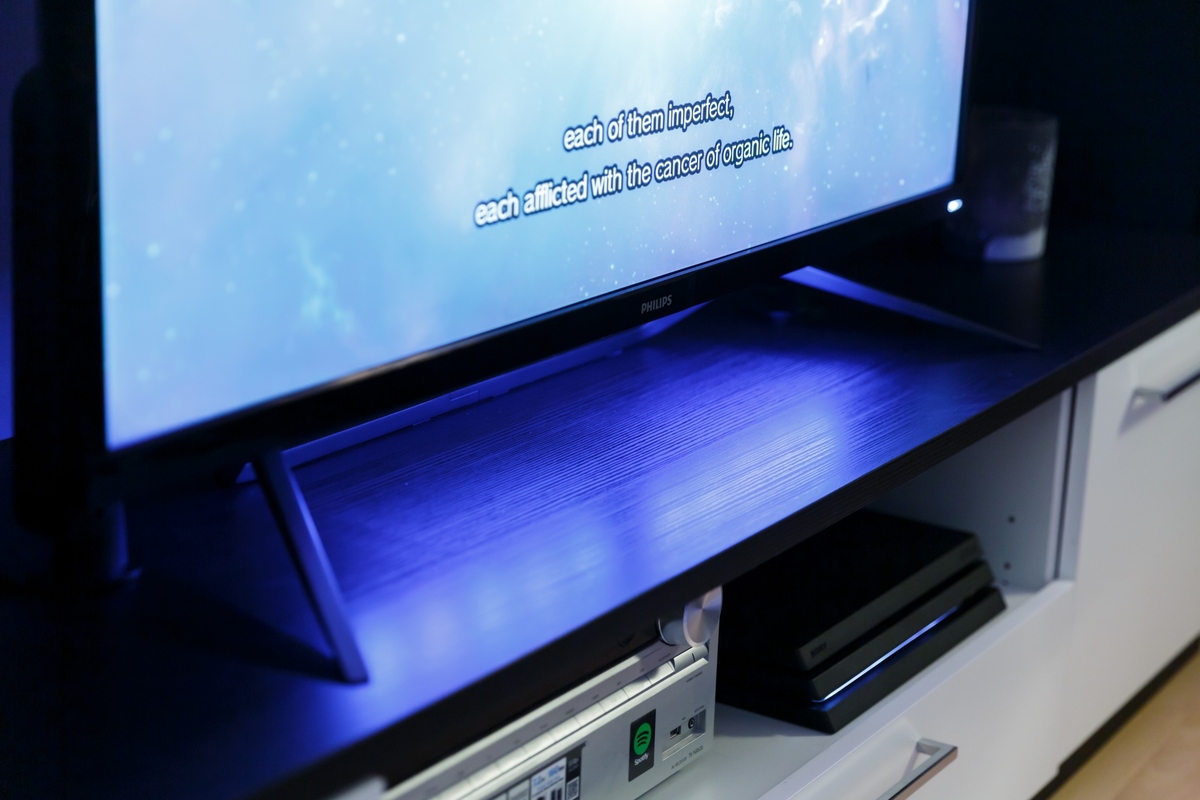
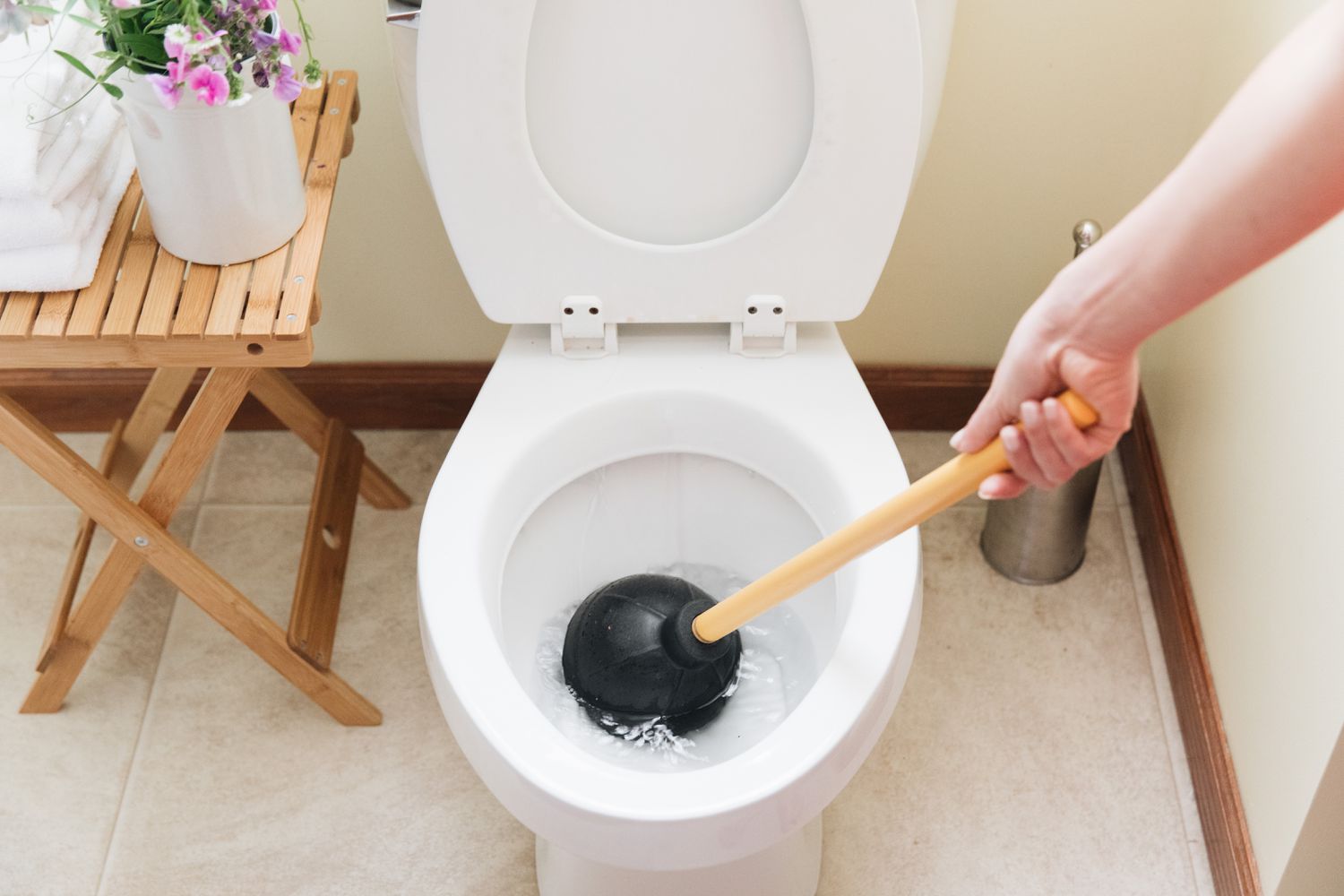
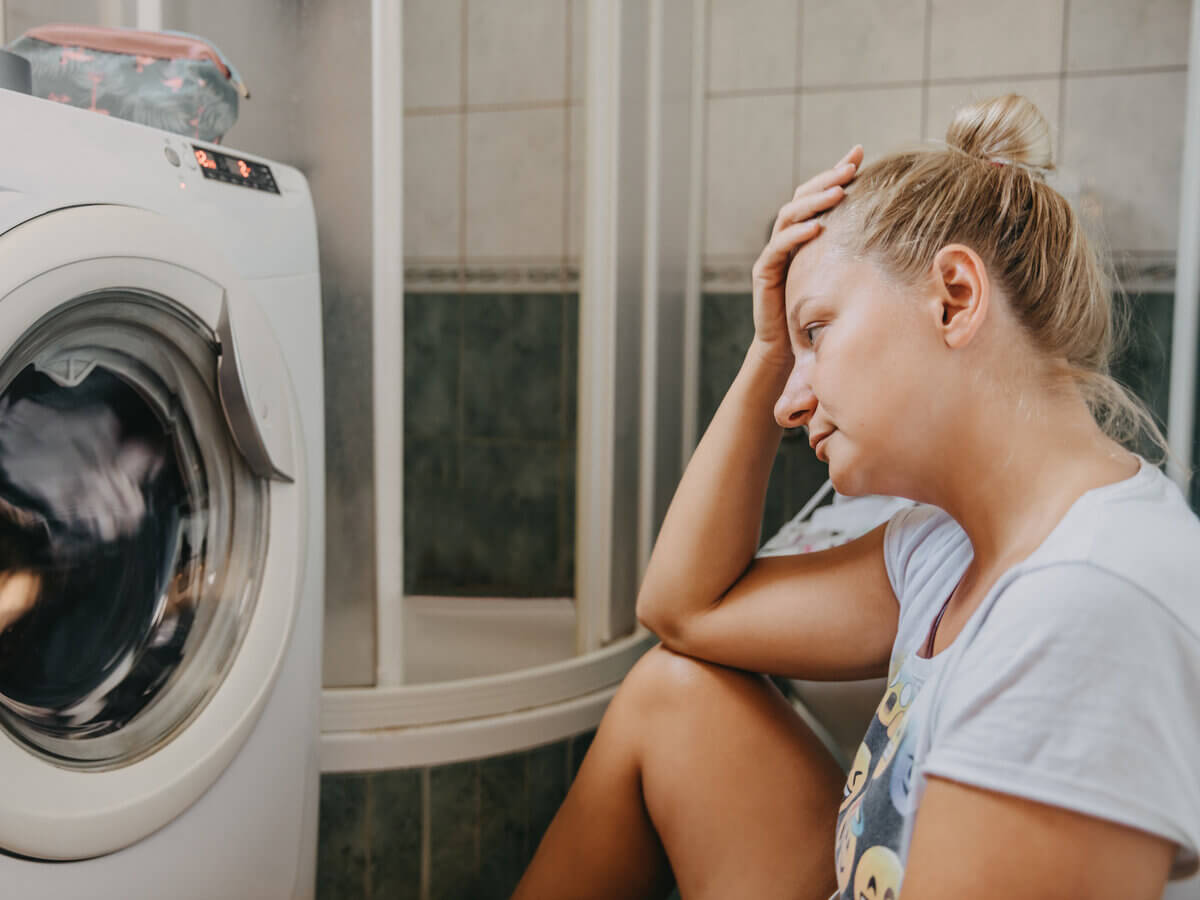
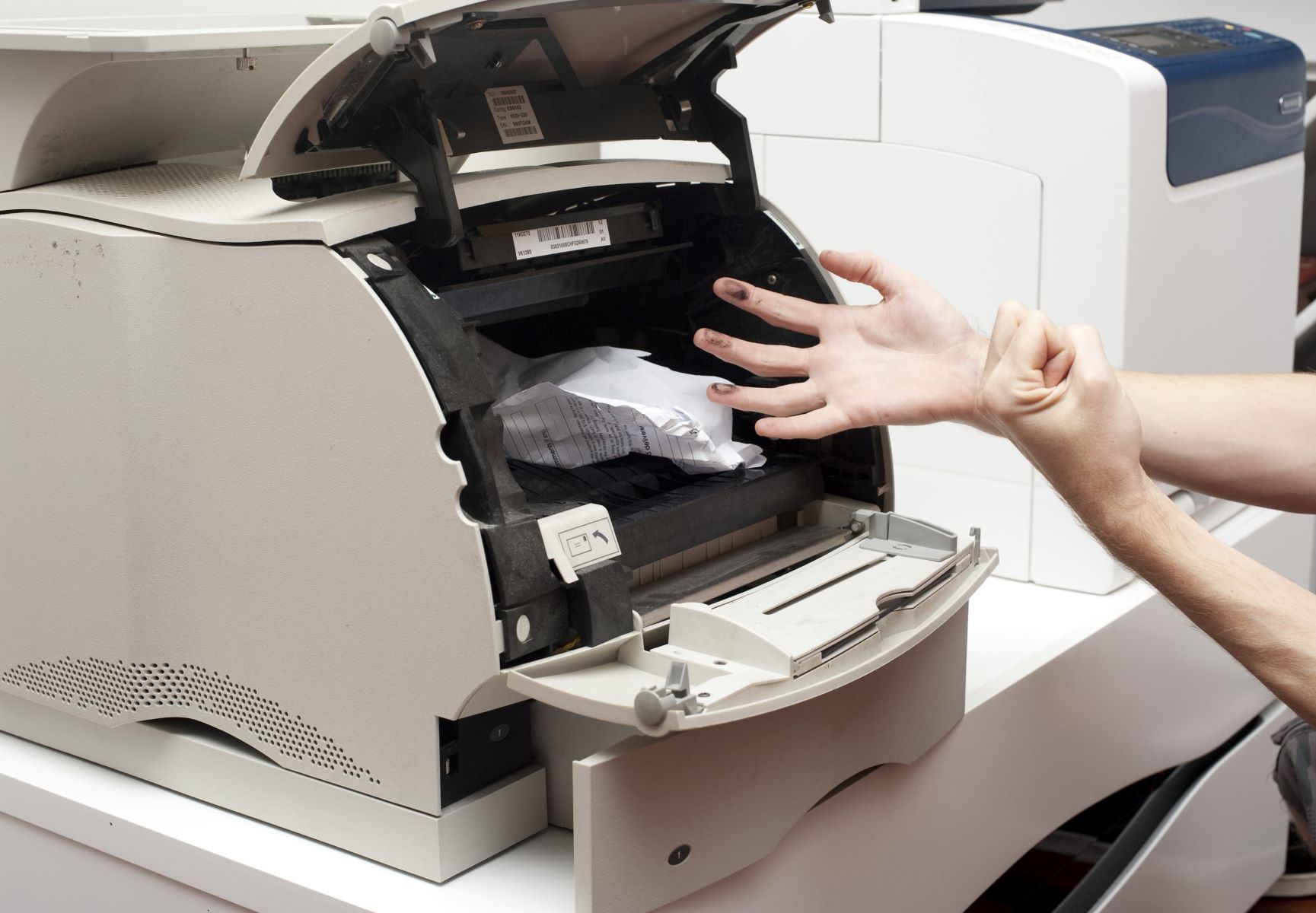
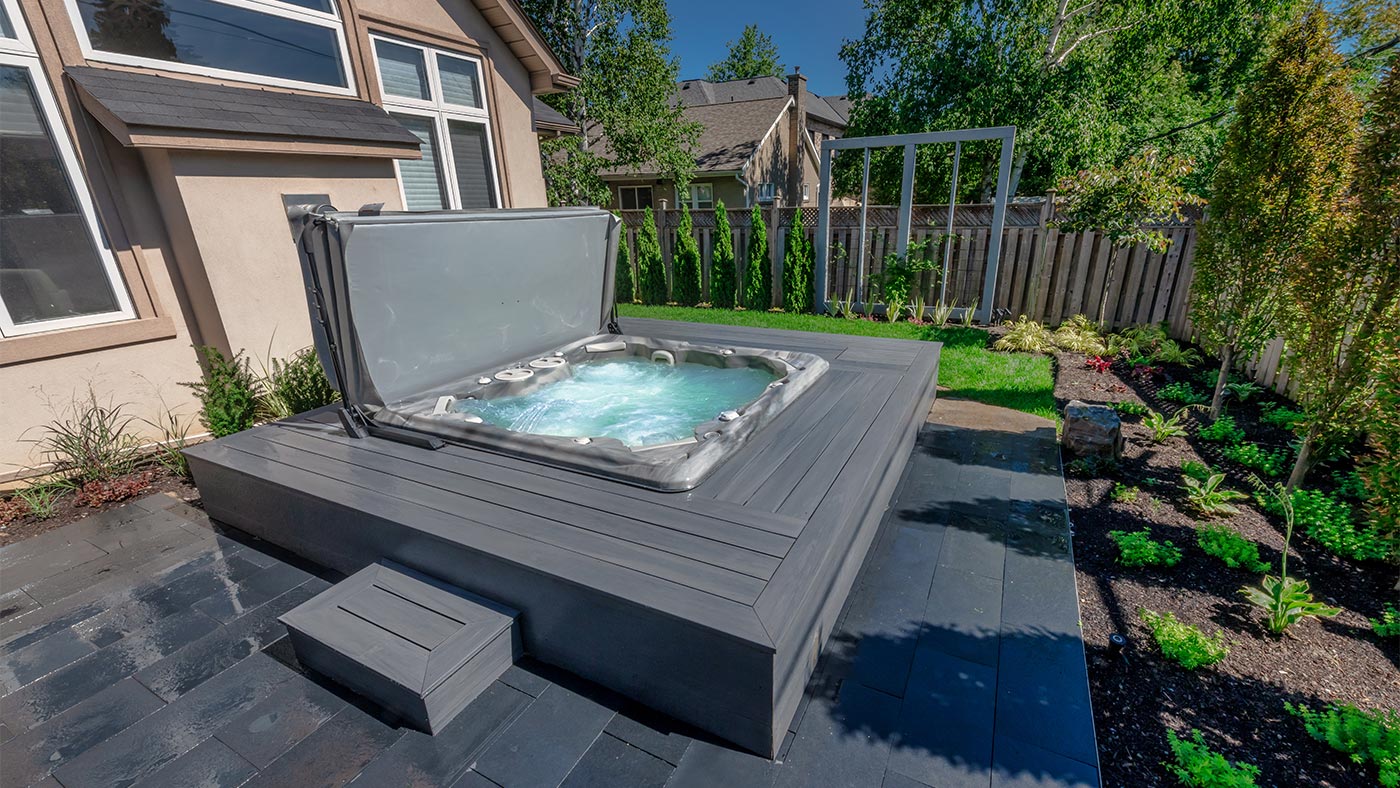

0 thoughts on “Why Does My Stove Top Keep Clicking”